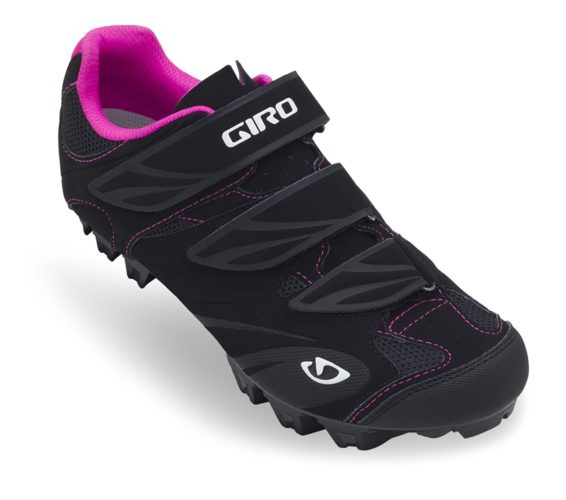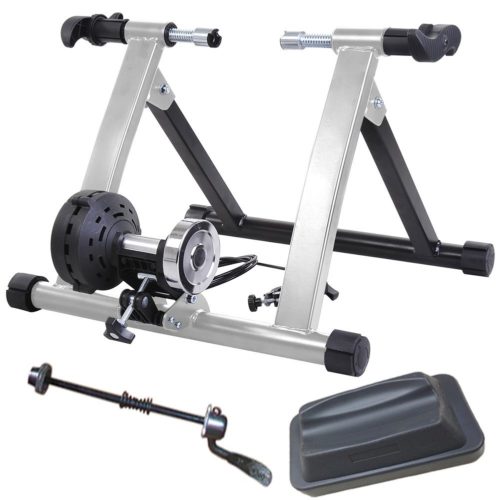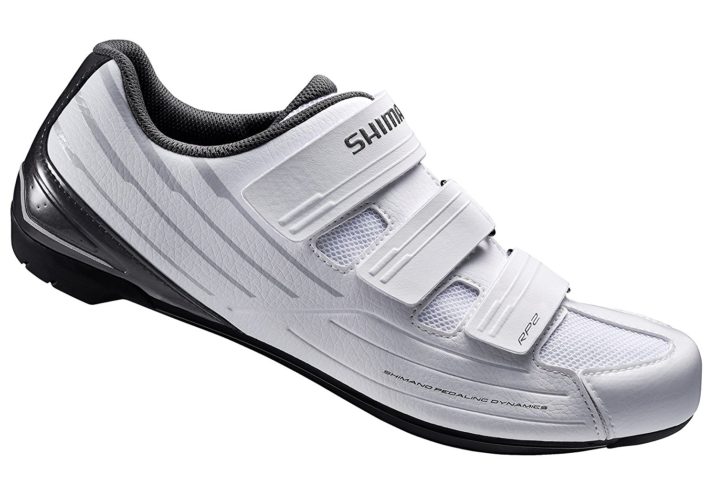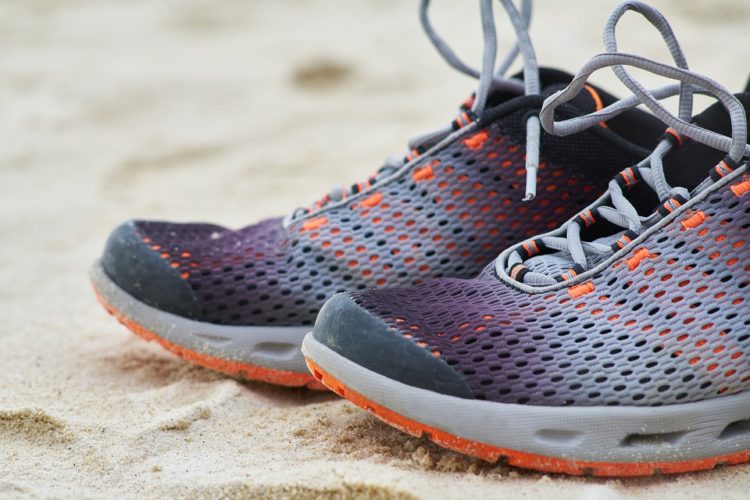
Why You Should Wear Indoor Cycling Shoes
Biking for fun is great but, once it becomes a regular part of your daily life, it is time to invest in the gear that will enable your best performance in terms of longevity. For those who enjoy indoor spinning or cycle training, improper footwear can cause short-term discomfort and long-term physical repercussions on your muscles, joints, and tendons.
For this reason, serious cyclists choose to use indoor cycling shoes for their training. If you are not fully aware of the reasons why you should wear indoor cycling shoes when training, this guide will serve to outline the major benefits and features of indoor cycling footwear.
Indoor vs. Outdoor Cycling
There are several significant differences between indoor cycling and outdoor cycling that determine the features that are required for their gear. When it comes to a cyclist’s footwear, the right shoes make a substantial difference in the ease, efficiency, and consistency of your ride. Before we get into the specific features and benefits of indoor cycling, let’s outline the key differences between the two styles of riding.
Outdoor Cycling
Ideally, for most bikers, time is spent riding in the beautiful outdoors. After all, the greatest benefit of biking regularly is the bond that is formed between the ground and your body, as you ride the waves of the landscape. The footwear that a rider chooses will depend completely on the type of outdoor riding that they engage in.
 Trail riding and mountain biking will require a very different style of cycling shoe than that of urban commuters and road cyclists. The cycling shoe that you use outdoors must be designed to withstand environmental factors, such as rain, debris, and temperature fluctuations. Also, riding on the road or trail requires an ability to dismount the bike for many reasons, such as accidents and stop lights.
Trail riding and mountain biking will require a very different style of cycling shoe than that of urban commuters and road cyclists. The cycling shoe that you use outdoors must be designed to withstand environmental factors, such as rain, debris, and temperature fluctuations. Also, riding on the road or trail requires an ability to dismount the bike for many reasons, such as accidents and stop lights.
Many outdoor cycling shoes are clipless (cleats) or have some sort of strap-in feature that is easily disconnected by the rider’s feet. Cycling shoes, for outdoor riding, will usually feature a specialized cleat and pedal system, which does not inhibit one’s ability to walk normally in the shoe. Some road cycling and racing shoes will be acceptable for indoor uses, but indoor cycling shoes are not generally intended for outdoor use.
Indoor Cycling
Indoor cycling has gained popularity in recent years, mostly in the form of spin classes. The most obvious, and definitive difference between outdoor and indoor cycling, is movement. When cycling indoors, the rider is completely stationary the entire time, which has a significant impact on the design of footwear intended solely for indoor use. Though they offer less overall versatility, indoor cycling shoes are generally priced around $100, as opposed to their multi-hundred dollar outdoor counterparts.
 Indoor cycling, or spinning, either uses a spin cycle machine or a cycling turbo trainer, which connects to the rear wheel of the cyclist’s own bicycle. The latter is the overwhelmingly preferred method of cycle training for those who bike regularly. Indoor cycling is not only a fantastic form of cardiovascular exercise but also the best way for bikers to train and keep up with their physical conditioning in winter months and harsh weather when outdoor cycling is not preferable.
Indoor cycling, or spinning, either uses a spin cycle machine or a cycling turbo trainer, which connects to the rear wheel of the cyclist’s own bicycle. The latter is the overwhelmingly preferred method of cycle training for those who bike regularly. Indoor cycling is not only a fantastic form of cardiovascular exercise but also the best way for bikers to train and keep up with their physical conditioning in winter months and harsh weather when outdoor cycling is not preferable.
Recently, indoor biking has been given a big upgrade, by implementing smart technology into turbo cycling trainers. Smart turbo trainers can link up with programs like Zwift, which puts cyclists into a virtual biking community. Wireless connectivity allows the smart turbo trainers to link up with other cyclists from across the globe, with whom you can engage in races and rides on a video-game-like interface.
Riders can control the trainer remotely from a smartphone, tablet, or laptop while viewing their race on a screen in front of them as if they were actually there. These smart trainers also shift the pedaling resistance in conjunction to the terrine of any virtual map, giving a life-like outdoor sensation to your ride.
This technological innovation has changed the way that bikers and cyclists engage in the sport from an indoor environment and has created a more communal, fun atmosphere in which to train and exercise at home or the gym. However, in order to mitigate fatigue, cyclists should wear indoor cycling shoes to take full advantage of the benefits that indoor cycling has to offer.
Indoor Cycling Shoes
Cyclists use specifically designed shoes to ensure their safety while riding and to improve their physical performance while riding. Cycling shoes are designed to attach to the bike’s pedals, using a clipless cleat system or a clip-in pedal system.
 There is a wide variant in the specific make of any particular cycling shoe, depending on the type of riding it is designed for; however, these shoes are all meant to allow the rider to pedal with greater power and efficiency while mitigating a rider’s overall fatigue.
There is a wide variant in the specific make of any particular cycling shoe, depending on the type of riding it is designed for; however, these shoes are all meant to allow the rider to pedal with greater power and efficiency while mitigating a rider’s overall fatigue.
Indoor Cycling Shoes Features & Benefits
Shoes designed for indoor cycling will benefit the user in several ways that may not be evident at first. These shoes are made specifically for the kind of environments that are typical of spin classes and gymnasiums and provide exceptional support and security while you’re engaged in a long-duration ride. Here are a few of the defining features and benefits that outline why you should wear indoor cycling shoes.
● Pedal Support
Indoor cycling shoes feature a rigid upper and a hard sole. The rider’s foot is meant to fit snuggly without any slide within the shoe to enable the most efficient power transfer between pedal strokes. Unlike many outdoor cycling shoes, which feature a semi-flexible sole, indoor cycling shoes benefit the stationary rider with a solid construct, providing maximum support and stability for a rider’s foot.
● Breathability
 Unlike outdoor cycling, there are no natural elements or obstacles to contend with in the gym or the comfort of your own home. Therefore, the paramount concern of an indoor cycling shoe is with regards to its breathability.
Unlike outdoor cycling, there are no natural elements or obstacles to contend with in the gym or the comfort of your own home. Therefore, the paramount concern of an indoor cycling shoe is with regards to its breathability.
Indoor cycling shoes are designed to feature the maximum amount of structural support, sole rigidity, and material breathability. Ensuring adequate air flow and perspiration diffusion while cycling requires specific design features, as opposed to that of outdoor shoes.
● Slip-Resistance
Outdoor cycling shoes are designed to transition from one’s bike onto the sidewalk or soil. Indoor cycling shoes have only one terrain shift—from the bike to the gym floor. To keep users from slipping and sliding around, indoor cycling shoes are often designed specifically to provide excellent grip on smooth tile surfaces and solid wood floors without scratching or scuffing the flooring material.
● Body Alignment
 Indoor cycling entails a rider to remain in a single location while pedaling for an extended period of time. Unlike outdoor cycling, this does not necessitate quite as much give and take in a riders footing, which is why indoor cycling shoes are made for the maximum alignment support.
Indoor cycling entails a rider to remain in a single location while pedaling for an extended period of time. Unlike outdoor cycling, this does not necessitate quite as much give and take in a riders footing, which is why indoor cycling shoes are made for the maximum alignment support.
These shoes ensure that riders do not place undue stress and exertion onto joints muscles and tendons while engaged in prolonged cycling.
● Up-Stroke Pedal Power
Like all connective cycling shoes, indoor cycling shoes’ biggest benefit is the added power in a rider’s up-pedal-stroke. With flat pedals, a rider has no ability to use their up-stroke for pedaling power. The power and energy efficiency that one gains from connective pedal footwear is one of the biggest benefits regarding why you should wear indoor cycling shoes.
Please feel free to leave comments and questions.





